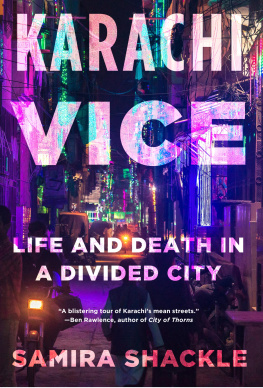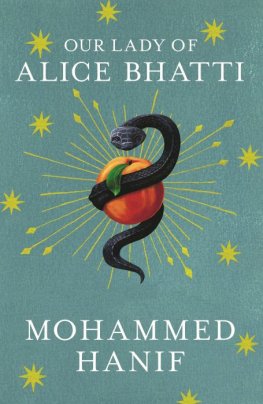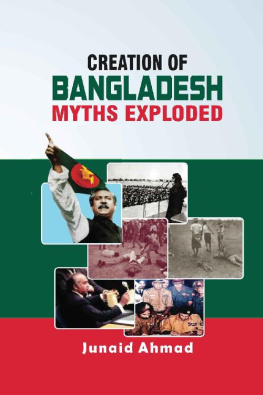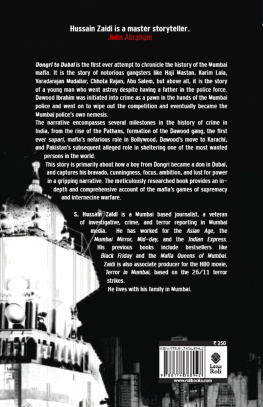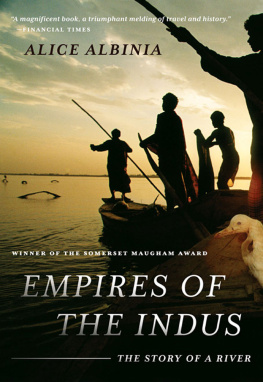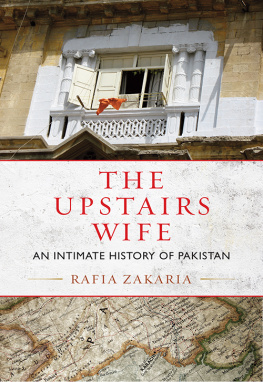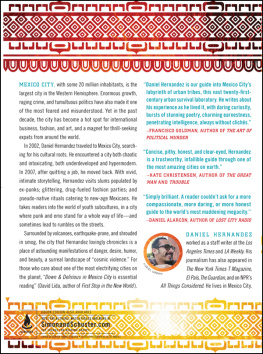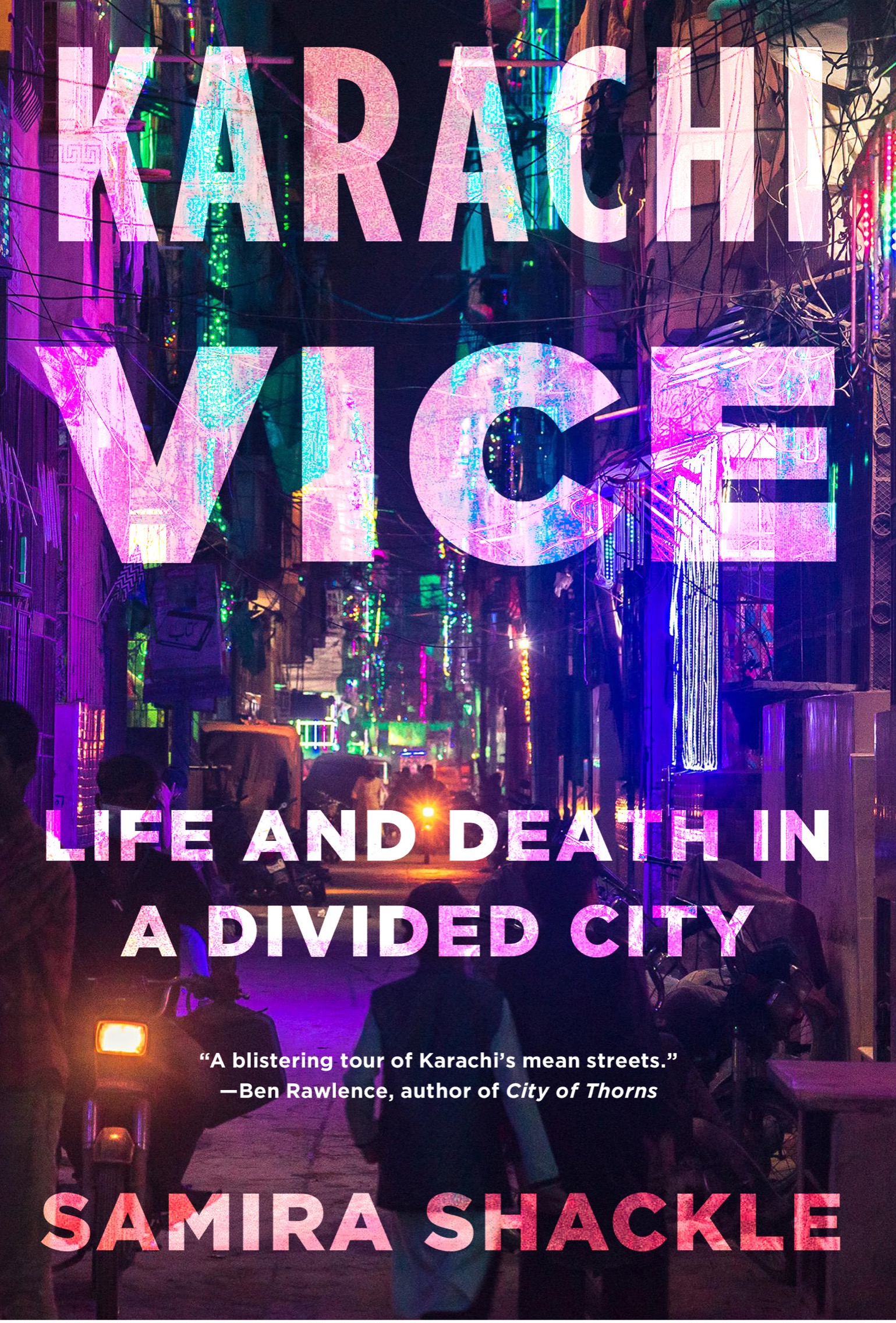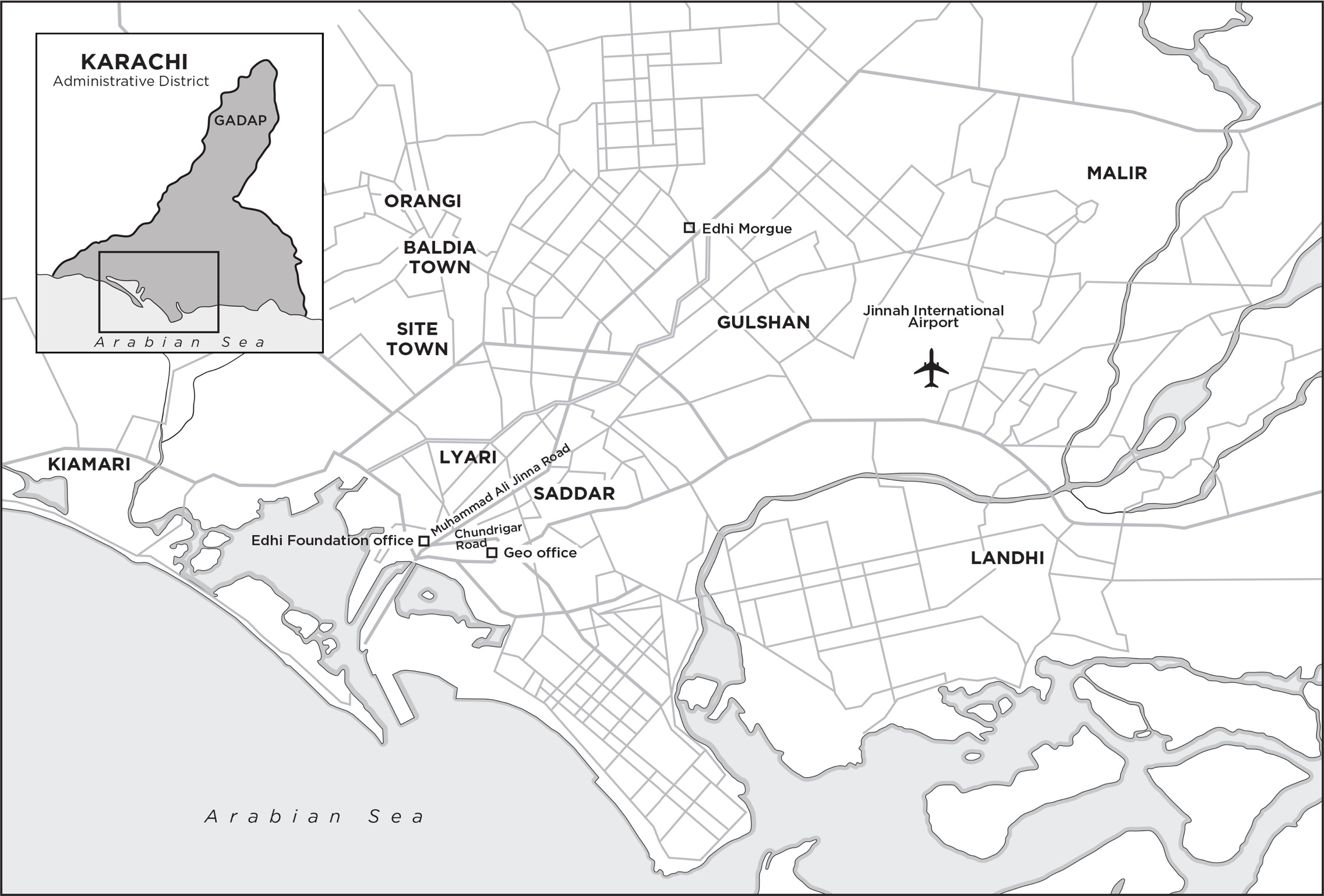Awami National Party (ANP): a Pashtun nationalist party with broadly secular and leftist politics
Inter-Services Intelligence (ISI): Pakistans main intelligence agency, an all-powerful entity
Muttahida Qaumi Movement (MQM): a secular and left-leaning party that represents the Mohajir community
Pakistan Muslim League (Nawaz) (PMLN): one of Pakistans main parties of government, led by the Sharif family centre-right and conservative, with a staunch belief in free market economics
Pakistan Peoples Party (PPP): Pakistans other main party of government a centre-left, social democratic force headed by the Bhutto family
Pakistan Tehreek-e-Insaaf (PTI): a centrist political party with a strong anti-corruption platform and support from the countrys emergent middle classes
Peoples Aman Committee (PAC): a politico-military body set up by Lyaris gangsters in 2008, affiliated with the PPP
Rangers: a paramilitary law enforcement agency, administered by the army, that sits somewhere between the police and the military, and is often deployed in cities to assist policing
Tehreek-e-Taliban Pakistan (TTP): an umbrella organization formed in 2007, bringing together a number of extremist terror groups based in north-western Pakistan
TIMELINE OF MAJOR EVENTS
June 1992: Operation Clean-up is launched in Karachi by Nawaz Sharifs conservative government, aimed at stopping ethnic violence and cracking down on the MQM. Led at first by the army, and later by Rangers and police, it lasts until 1996. Thousands are killed or disappeared.
July 1993: Prime minister Sharif is ousted. Fresh elections are held and left-leaning Benazir Bhutto returns to power.
February 1997: Elections are held. Bhutto is ousted and Sharif returns to power.
October 1999: The army stages a coup dtat. Sharif is removed and army chief General Pervez Musharraf takes over.
June 2001: Musharraf formally appoints himself as president.
October 2002: Musharraf holds elections. A pro-Musharraf political party wins a majority and forms a coalition with, among other parties, the MQM. This ramps up MQM control in Karachi after years on the back foot.
2003: Lyari is divided by a brutal turf war between gang factions led by Arshad Pappu and Rehman Dakait.
March 2007: Mass protests, known as the Lawyers Movement, are held in Pakistan after Musharraf unconstitutionally suspends the chief justice. Eventually Musharraf bows to pressure and calls elections.
December 2007: Benazir Bhutto, leader of the PPP, returns to Pakistan after eight years in exile. She is assassinated at a campaign rally in Rawalpindi.
February 2008: A general election is held. The PPP is elected to national government and Bhuttos widower, Asif Ali Zardari, becomes president. In Karachi, the ANP/PPP win some city seats and the MQM steps up its attacks on these rivals.
2008: In Lyari, the Peoples Aman Committee is formed as part of a truce between Rehman Dakait and Arshad Pappu. Zardari strikes a deal with Dakait to shore up PPP votes in Lyari.
August 2008: Rehman Dakait is killed by police in Lyari. Uzair Baloch takes over as kingpin of the area.
December 2009: A huge bomb blast at a Shia religious procession kills more than thirty people.
July 2010: Flooding in Sindh pushes people from rural areas into Karachi in search of work and shelter.
April 2012: Police launch the disastrous eight-day operation in Lyari to root out the gangsters. It fails.
December 2012: The MQMs London offices are raided as part of a murder investigation. The MQM calls a strike in Karachi in response.
March 2013: Arshad Pappu is kidnapped and killed. Uzair Baloch and Baba Ladla are videoed playing football with his head.
May 2013: A general election is held. The PPP loses and the PMLN takes over. Nawaz Sharif becomes prime minister for a third time. The MQM wins a majority in Karachi, but is threatened by the PTI.
September 2013: Sharif gives the Rangers who had maintained a presence in Karachi since 1992s Operation Clean-up the go-ahead to launch a new targeted operation in the city.
2014: Construction of Bahria Town Karachi, a massive development on the outskirts of the city, begins.
June 2014: Karachis Jinnah International Airport is attacked by ten TTP militants. Thirty-six people are killed. In response, the army increases strikes on terrorist hideouts in North Waziristan and ramps up its urban operations.
March 2015: Rangers raid Nine Zero, the MQMs headquarters, and arrest sixty party workers.
July 2018: Another general election is held. This time the PTI wins, breaking the two-party deadlock, although the election takes place in a climate of increased censorship and army control. Imran Khan becomes prime minister.
December 2018: The Supreme Court orders a stay on construction at Bahria Town Karachi and finds evidence of illegal land appropriation. The decision is reversed a few months later.
PROLOGUE
I moved to Karachi in the aftermath of riots, arriving to smashed shop windows and the smell of burning tyres. It was 2012 and the city had been engulfed by protests against a YouTube video that made offensive statements about the Prophet Muhammad. The citys few remaining cinemas had been attacked, and churches had taken extra security precautions, lest the mob hold Pakistans Christians accountable for the crimes of the American film-makers. The scale of destruction was disproportionate to the offence itself. I was a Londoner moving to my mothers hometown, a place I had visited only once since childhood. This was an immediate introduction to the discontent that bubbled beneath the surface of the city, always ready to erupt into violence.
I walked out of the airport into a heavy, humid night and was collected by my aunt, my mothers cousin, with whom I planned to stay. We got into the back of the car; up front was the driver. (This felt unnatural to me to begin with, although I knew that it was common for well-off families in Pakistan to employ a full-time driver; many companies do the same for their office staff.) Karachi is a web of flyovers and highways, the sides of the roads dotted with battered colonial facades, concrete monstrosities, improvised shacks and half-built shells of buildings. Ornate plasterwork sits below poorly constructed high-rises designed only to maximize the space. To travel on these roads is to be confronted with the massive population of this heaving city. We drove through traffic sprawling into multiple lanes. Motorbikes, sometimes bearing up to five family members, wove in and out between the cars, and men clung to the tops and sides of minibuses. As we drove, my aunt dispensed some safety advice. If a man on a motorbike stops by your car window and flashes a gun, dont ask questions, just hand over your cash and phone. Change your timings, routes and vehicles frequently to minimize the risk of kidnap. If you pass through a dangerous district, dont stop not even if someone crashes into you.

